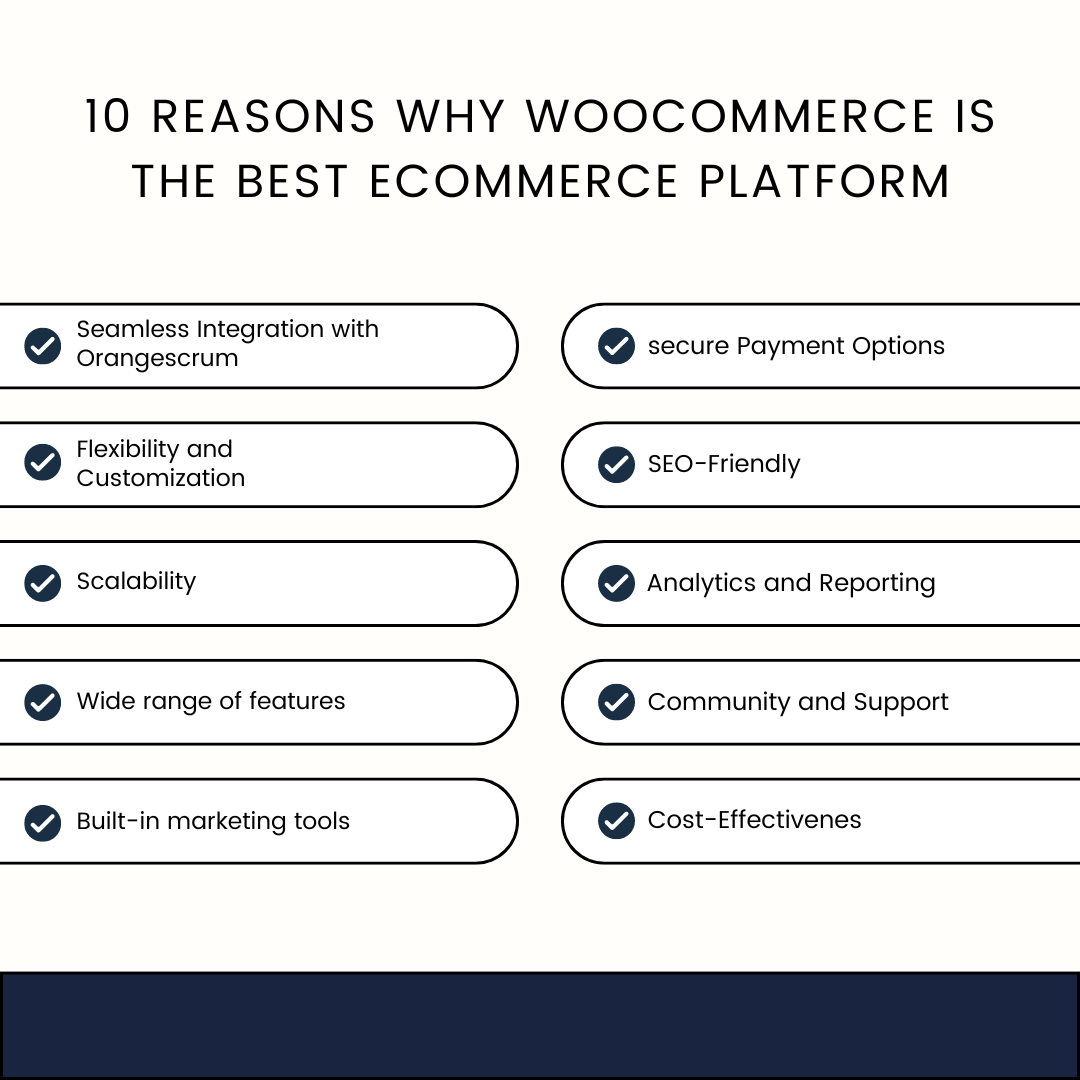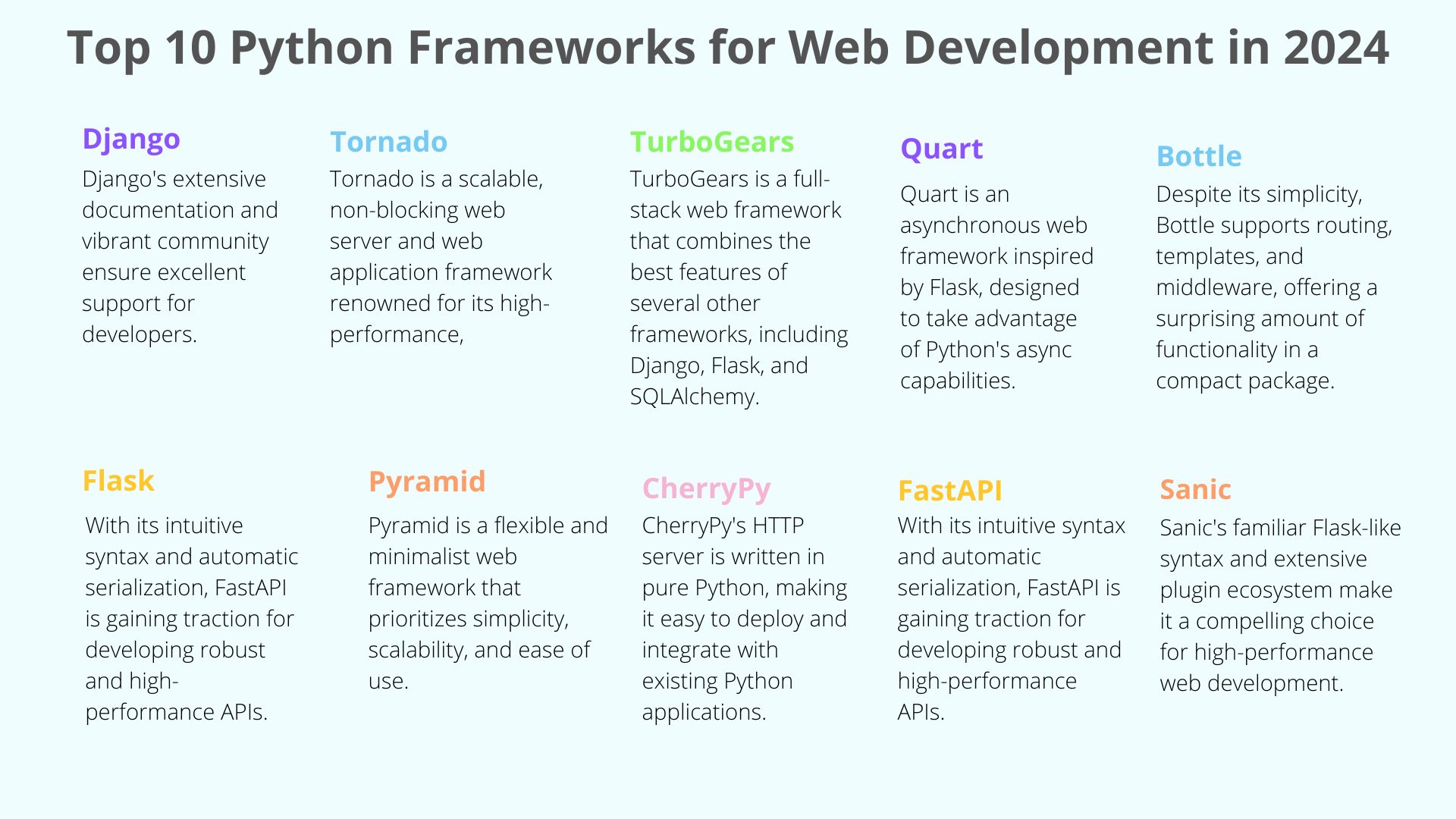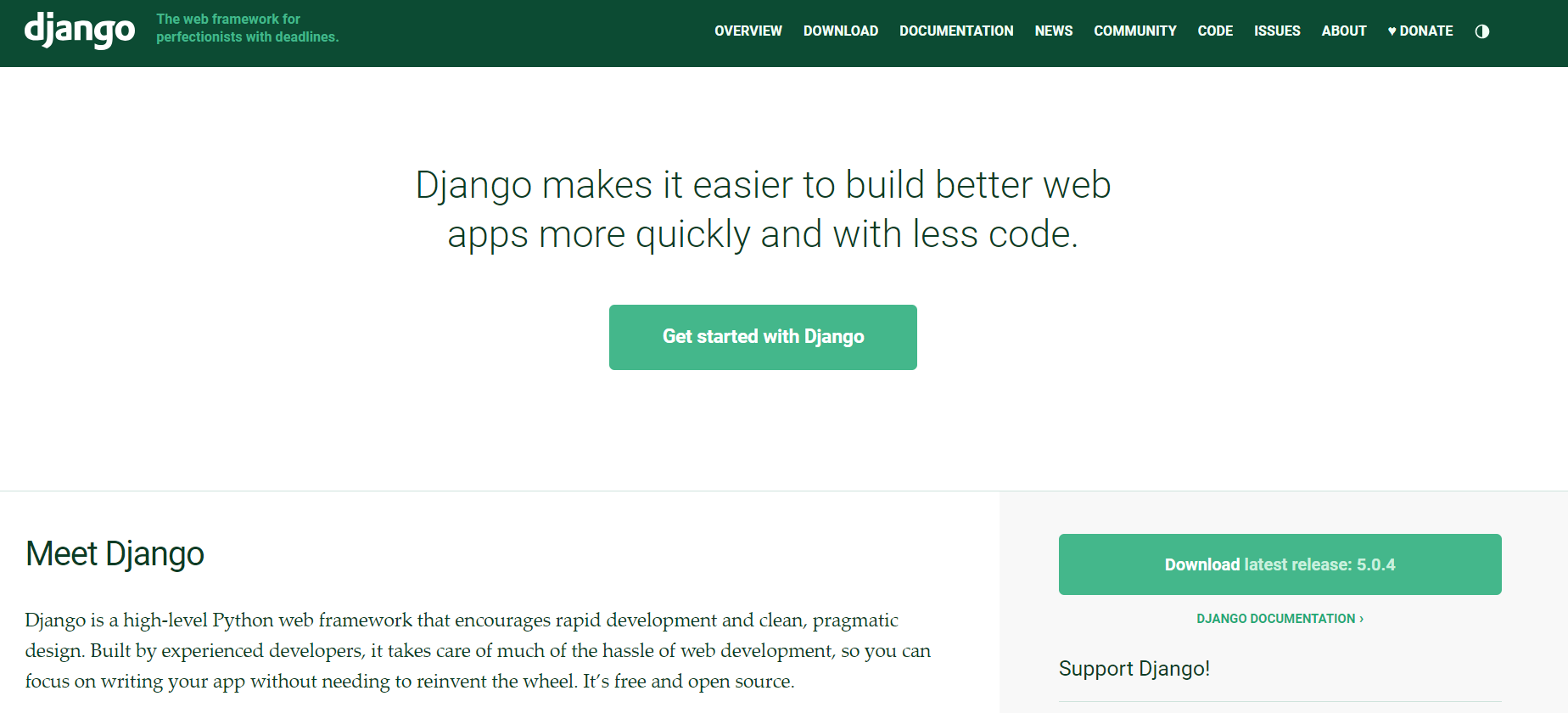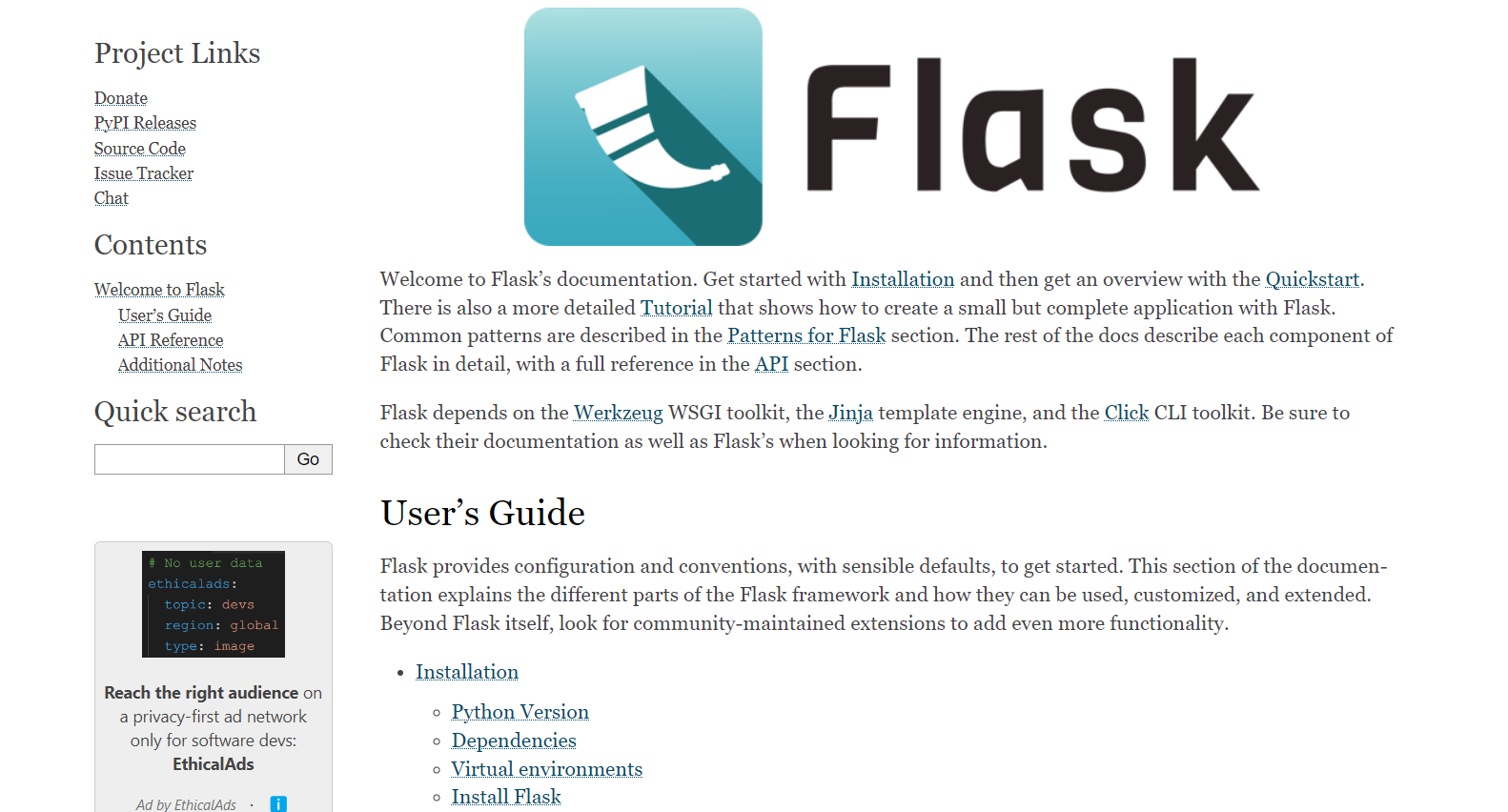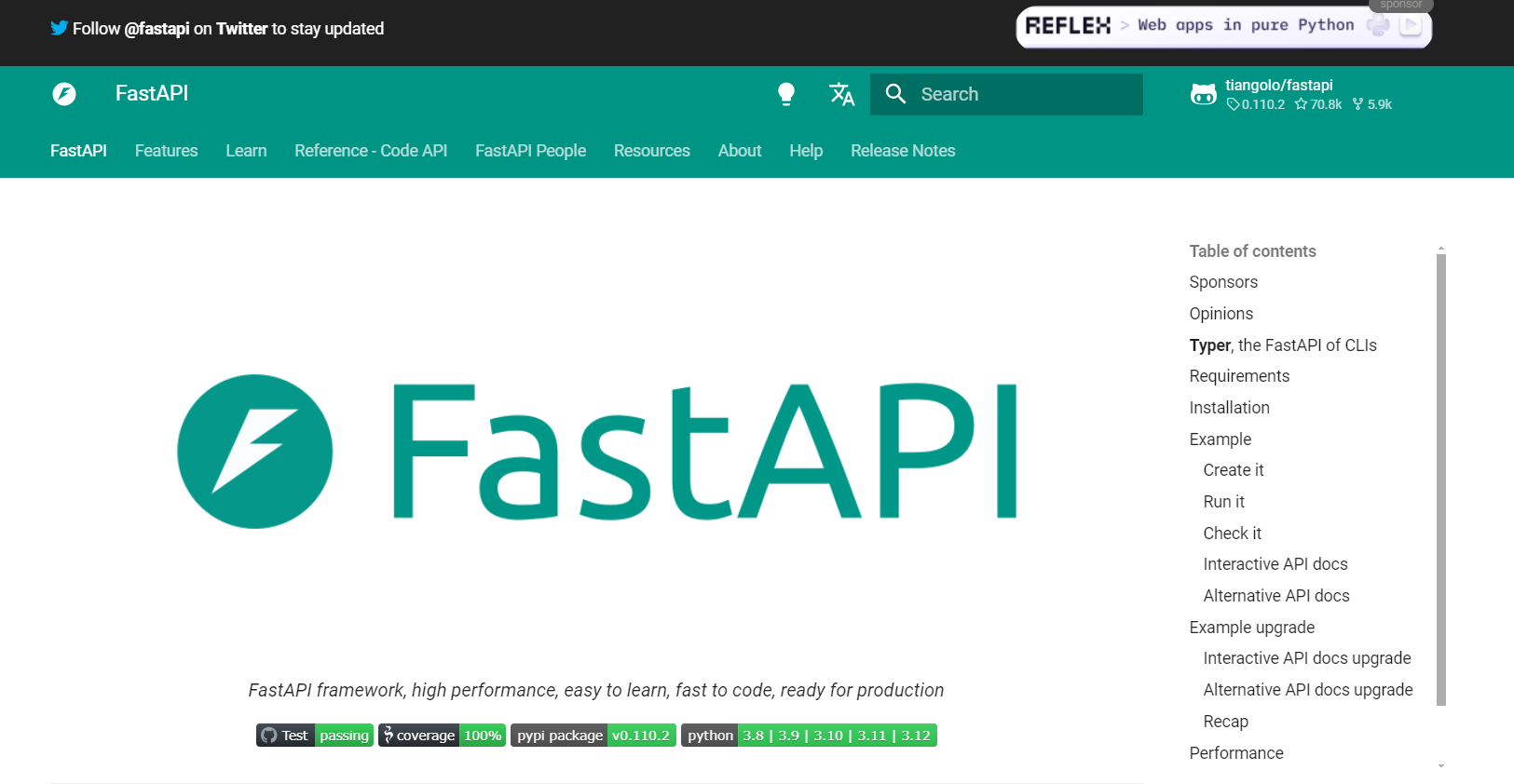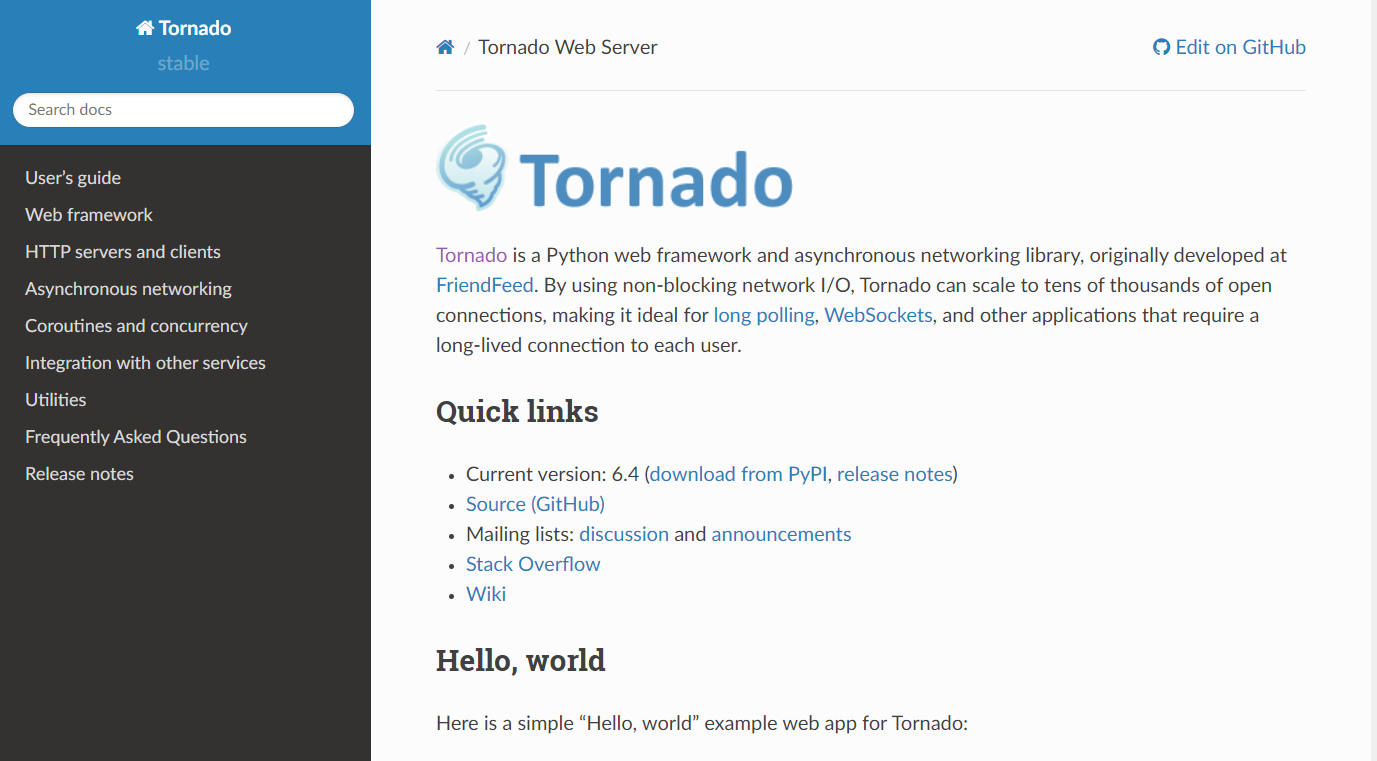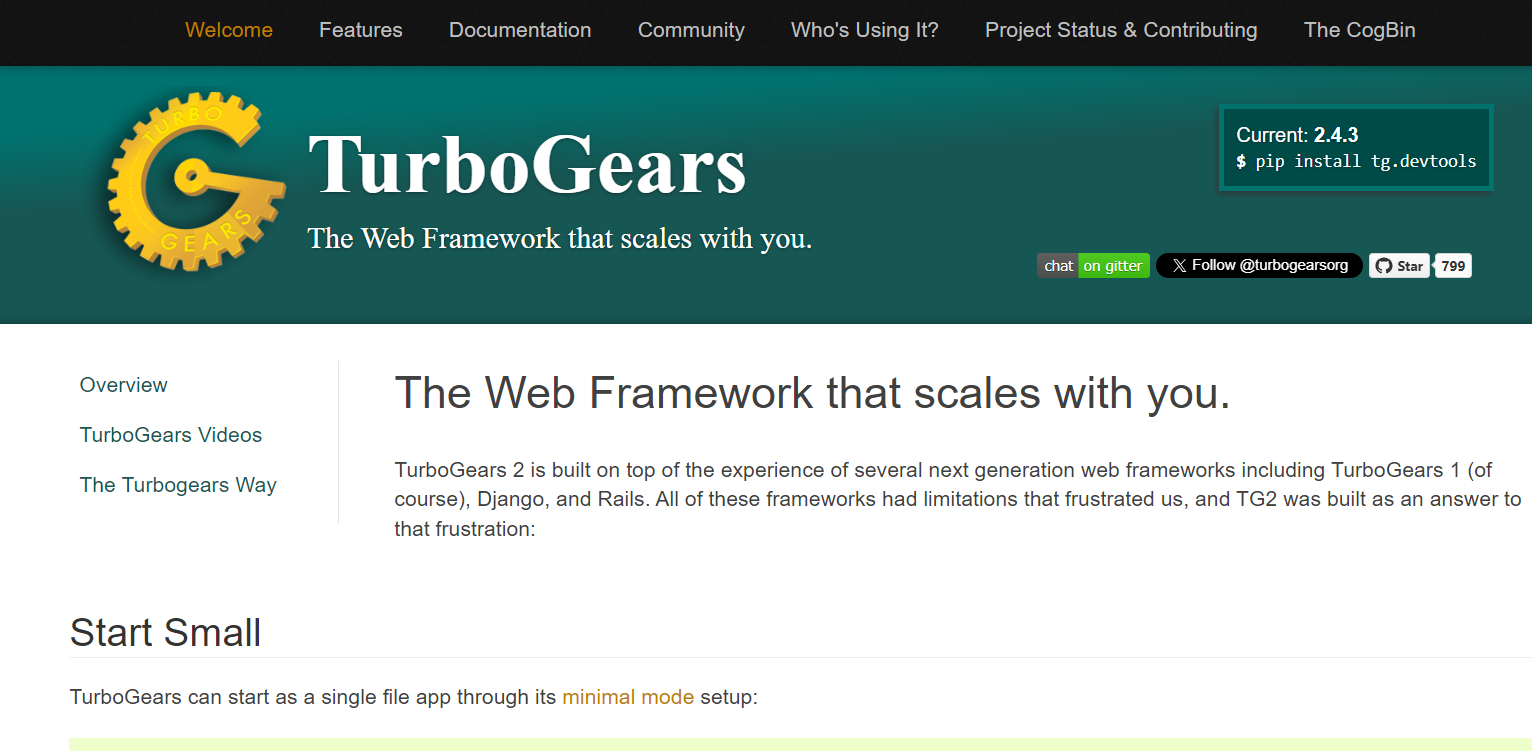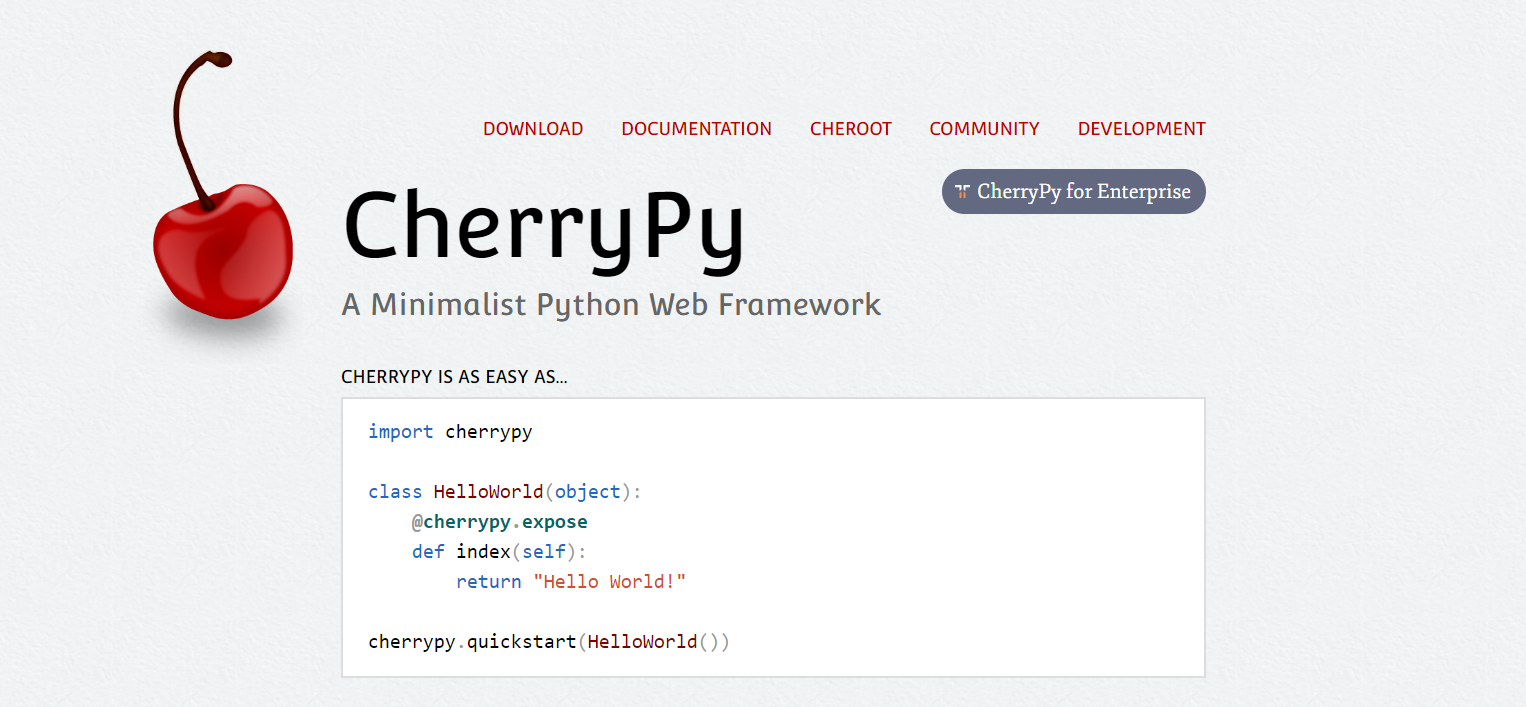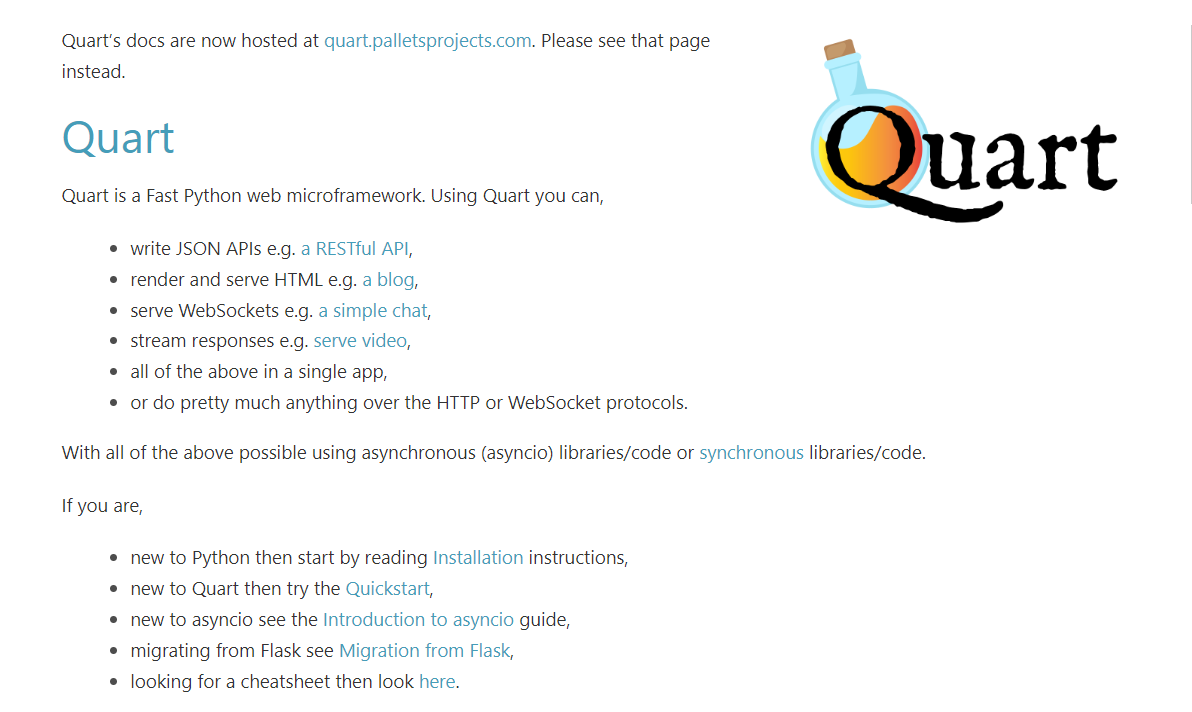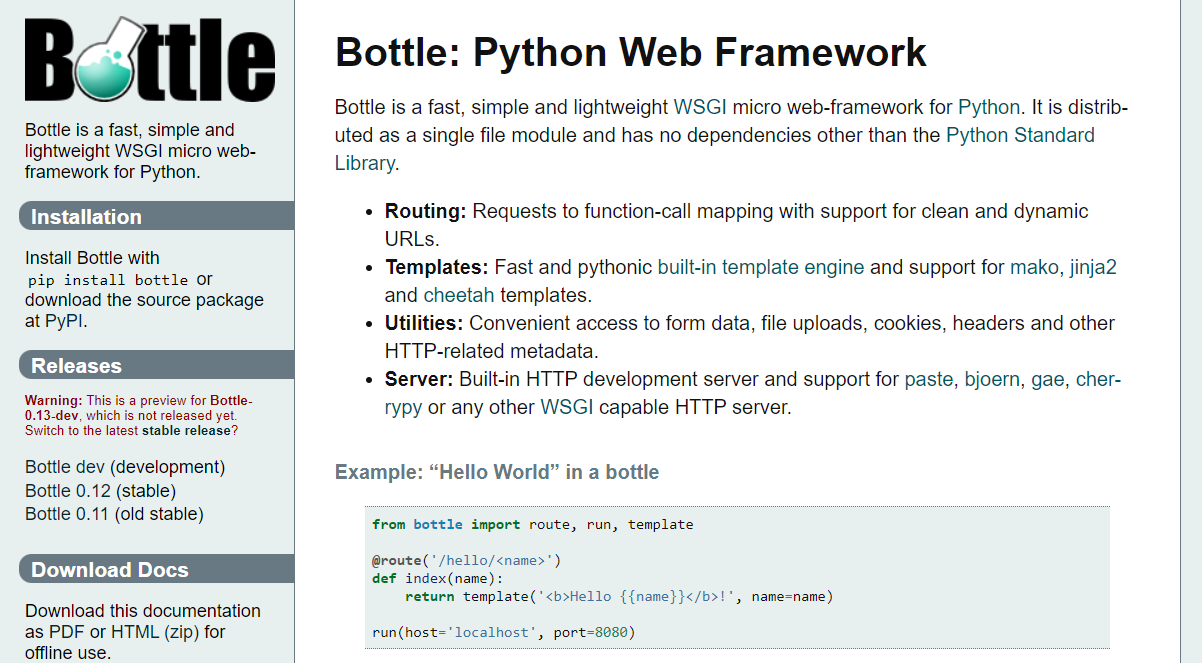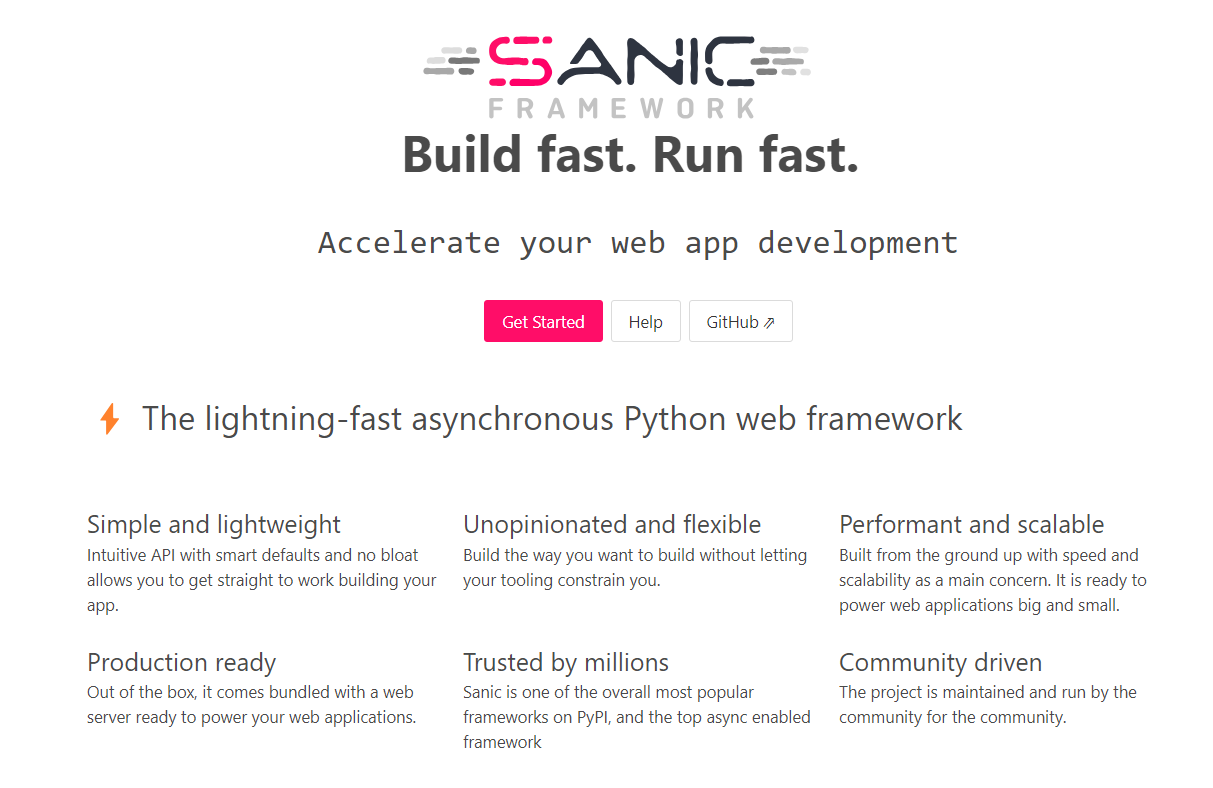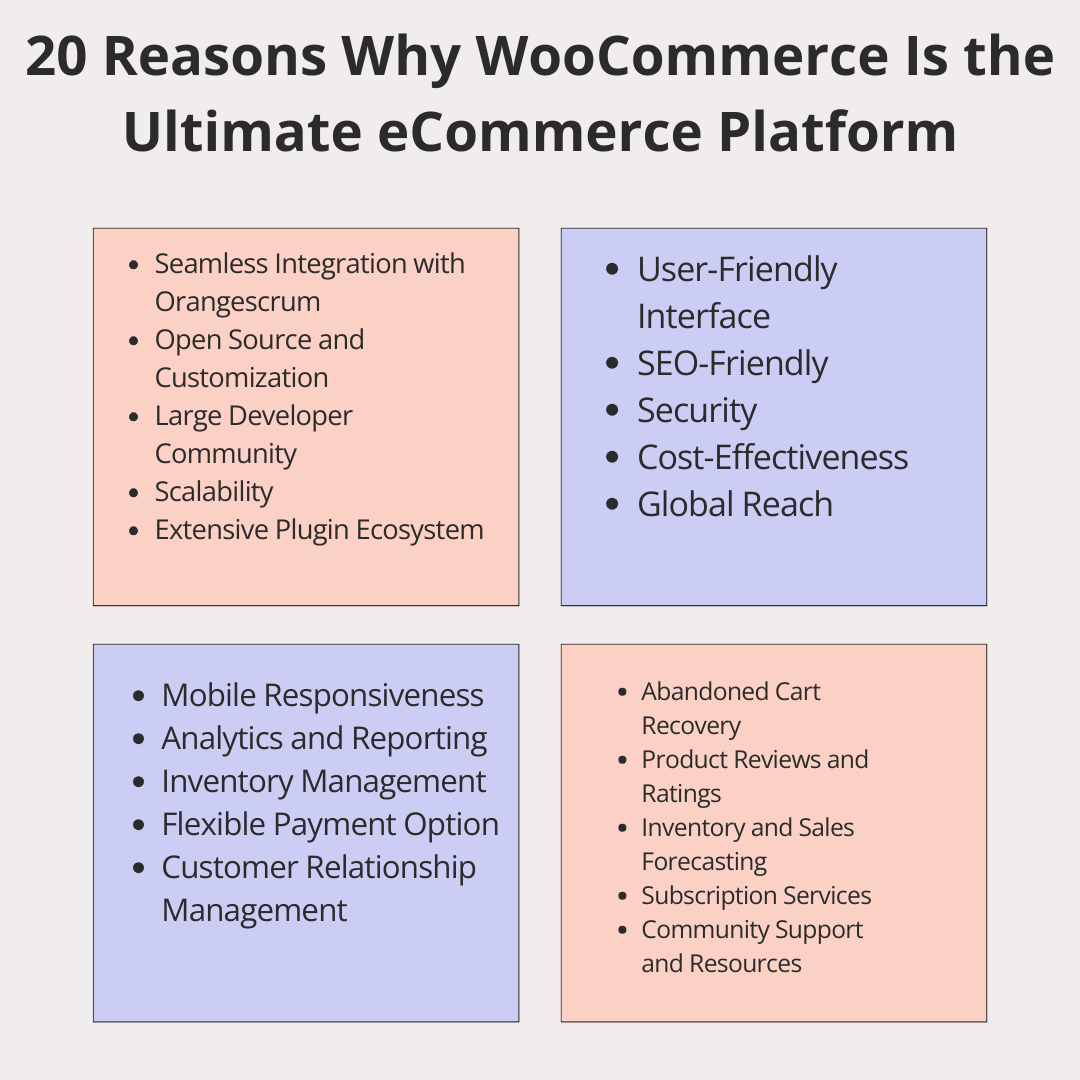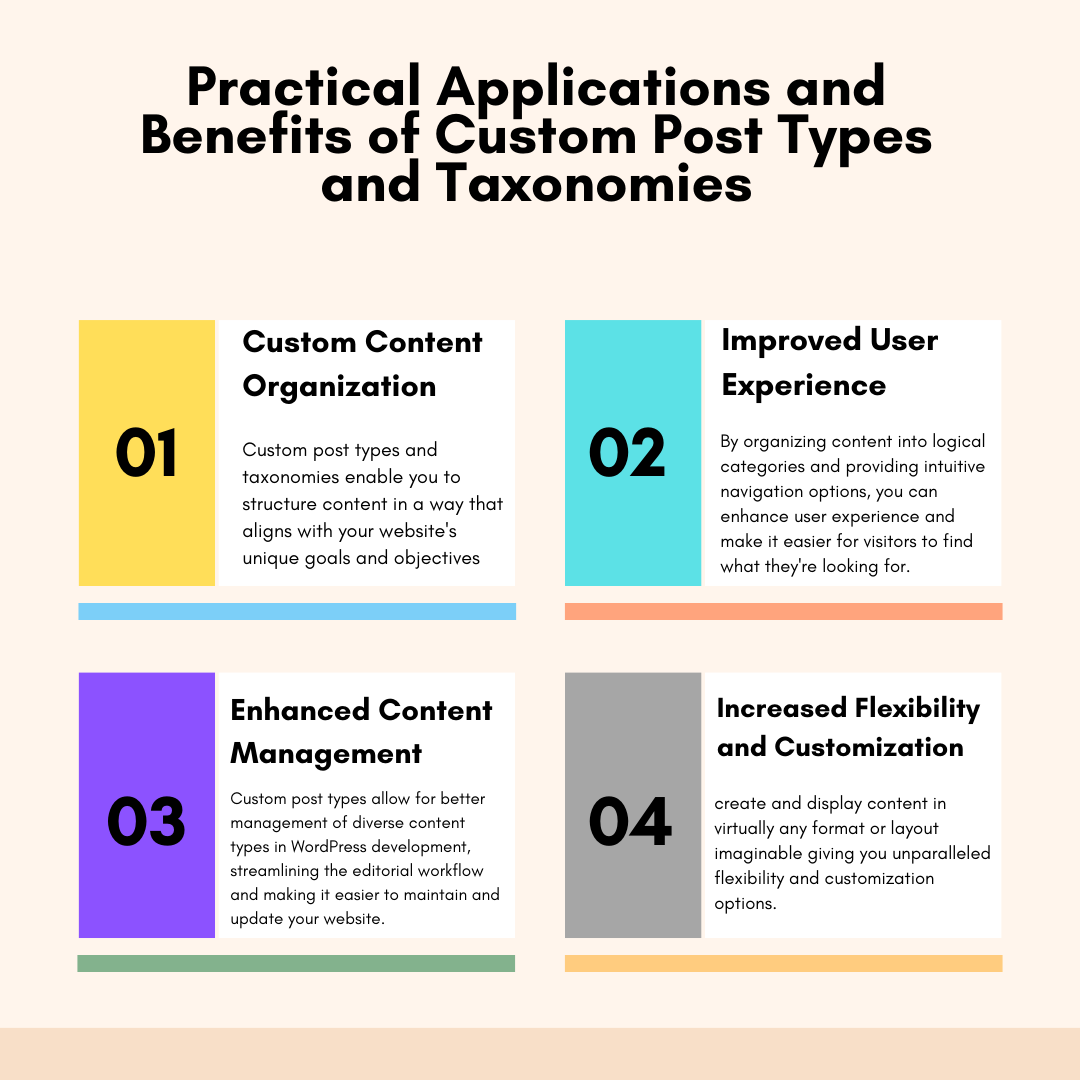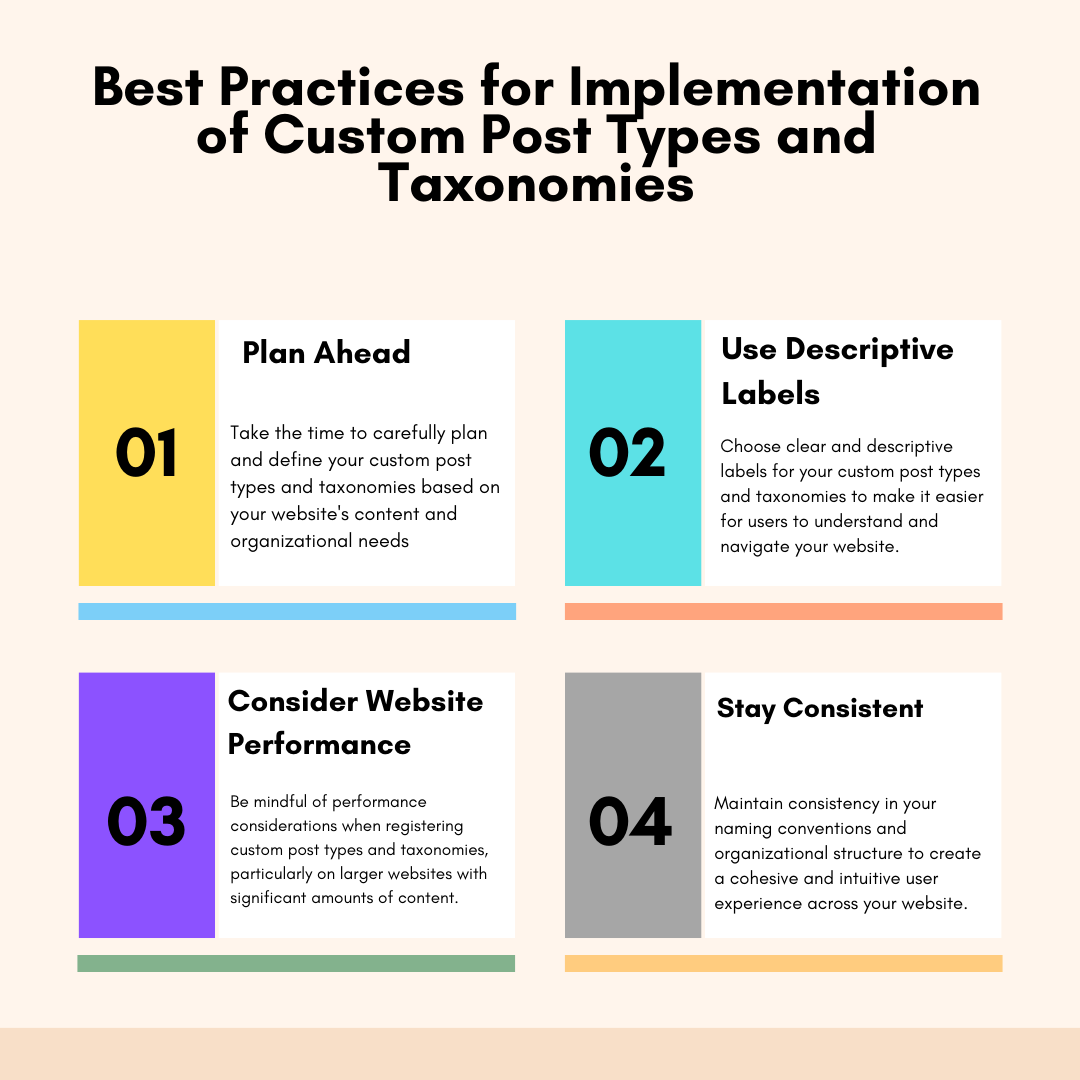In the fast-paced world of eCommerce, choosing the right platform is crucial for the success of your online business. With countless options available, each promising a multitude of features and benefits, navigating the landscape can be overwhelming. However, amidst this sea of choices, one platform has consistently emerged as a frontrunner – WooCommerce. Renowned for its versatility, reliability, and extensive range of features, WooCommerce development stands tall as the ultimate eCommerce platform for businesses of all sizes and industries.
As a plugin of WordPress, the world’s most popular content management system, the CMS platform seamlessly integrates with the familiar and user-friendly interface that millions of website owners already know and love.
This integration not only simplifies the process of setting up and managing an online store but also offers unparalleled flexibility and customization options, allowing businesses to create unique and engaging storefronts that reflect their brand identity and resonate with their target audience.
Let’s explore 10 reasons why WooCommerce is the best eCommerce Platform:
1. Seamless Integration with WordPress:
As a WordPress plugin, it seamlessly integrates with the world’s most popular content management system.
This synergy allows users to harness the power of WordPress’s intuitive interface, vast plugin ecosystem, and robust customization options to create stunning and feature-rich online stores.
2. Flexibility and Customization:
The CMS platform offers unparalleled flexibility and customization capabilities, making it ideal for businesses of all sizes and industries.
From storefront design and layout to product variations and pricing options, it provides extensive customization tools to tailor your online store to your unique brand identity and customer preferences.
3. Scalability:
Whether you’re a budding entrepreneur or a global enterprise, the CMS framework scales effortlessly to accommodate your growing business needs.
With its modular architecture and extensive library of plugins and extensions, it can seamlessly adapt to handle everything from small boutique stores to high-volume eCommerce operations with thousands of products and customers.
4. Wide Range of Features:
It comes packed with a comprehensive suite of features to power your online store.
From product management and inventory tracking to secure payments and shipping options, it offers all the essential tools you need to manage and grow your eCommerce business effectively.
5. Built-in Marketing Tools:
It includes built-in marketing tools to help you promote and market your products effectively.
From discounts and coupons to email marketing integrations and social media sharing options, WooCommerce empowers you to attract and engage customers and drive sales with targeted marketing campaigns.
6. Secure Payment Options:
Security is paramount in e-commerce, and the CMS software provides robust security features to protect your store and your customers’ sensitive information.
With support for secure payment gateways, SSL encryption, and PCI compliance, it ensures safe and secure transactions for all parties involved.
7. SEO-Friendly:
It is designed with search engine optimization (SEO) in mind, helping your store rank higher in search engine results and attract more organic traffic.
With features such as customizable URLs, meta tags, and schema markup, WooCommerce development enables you to optimize your store for maximum visibility and reach.
8. Analytics and Reporting:
Understanding your store’s performance is essential for making informed business decisions.
It offers built-in analytics and reporting tools to track key metrics such as sales, revenue, and customer behavior.
With actionable insights at your fingertips, you can identify trends, measure performance, and optimize your store for success.
9. Community and Support:
As part of the WordPress ecosystem, it benefits from a vast community of developers, designers, and users who are passionate about helping others succeed.
Whether you need technical assistance, customization tips, or inspiration for your store, you’ll find a wealth of resources and support within the WooCommerce community.
10. Cost-Effectiveness:
Last but not least, It offers exceptional value for money compared to other e-commerce platforms.
With its open-source nature and flexible pricing model, it allows businesses to launch and manage their online stores without breaking the bank.
Whether you’re a bootstrapped startup or an established enterprise, it offers a cost-effective solution that delivers unparalleled performance and functionality.
Conclusion:
In conclusion, it stands as the unrivaled champion in the realm of eCommerce platforms, offering a comprehensive suite of features, unmatched flexibility, and unparalleled user experience.
As we’ve explored throughout this guide, Its seamless integration with WordPress, extensive customization options, scalability, and robust security features set it apart from the competition, making it the go-to choice for businesses of all sizes and industries.
Whether you’re a small startup looking to establish your online presence or a multinational corporation seeking to streamline your e-commerce operations, the CMS platform provides the tools, resources, and support you need to succeed in today’s competitive digital landscape.
From its intuitive interface and powerful marketing tools to its secure payment options and vibrant community, the CMS platform empowers businesses to build and grow successful online stores that resonate with customers and drive results.
As the e-commerce industry continues to evolve and innovate, WooCommerce development remains at the forefront, continuously adapting and enhancing its capabilities to meet the ever-changing needs of online retailers.
With its commitment to excellence and customer satisfaction, It has earned its reputation as the ultimate e-commerce platform, trusted by millions of businesses worldwide to power their online stores and fuel their growth.
In the dynamic and competitive world of e-commerce, choosing the right platform is crucial for success.
With the CMS platform, you can rest assured knowing that you’re backed by a powerful, reliable, and feature-rich solution that enables you to unleash your full potential and achieve your business goals. So why wait? Join the millions of businesses already thriving with WooCommerce development services by Andolasoft and take your online store to new heights of success today.

